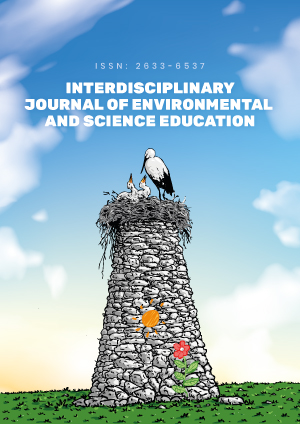Abstract
This study analyzes pre-school children’s mental representations of their idea of a garden, before and after implementing an educational project. A total of 39 and 43 pairs of drawings (pre-post) are analyzed in children aged four and five years, respectively, using two methods: (1) a quantitative approach, based on counting the frequency with which elements linked to curricular scientific content appear (sun, water, earth, animals, plants and trees), and (2) a qualitative approach, based on the degree of richness and specificity of such elements in the drawings. Both methods provide important information on children’s interest in, and their affective-emotional relationship with, the garden and their learning of science. The choice of curricular scientific content that is explicitly focused on in the garden is considered important from the point of view of teaching, since such content can condition the construction of children’s mental models of a garden, as well as scientific content in higher educational stages.
License
This is an open access article distributed under the Creative Commons Attribution License which permits unrestricted use, distribution, and reproduction in any medium, provided the original work is properly cited.
Article Type: Research Article
INTERDISCIP J ENV SCI ED, Volume 19, Issue 4, 2023, Article No: e2320
https://doi.org/10.29333/ijese/13727
Publication date: 25 Sep 2023
Article Views: 2653
Article Downloads: 2336
Open Access References How to cite this article
 Full Text (PDF)
Full Text (PDF)